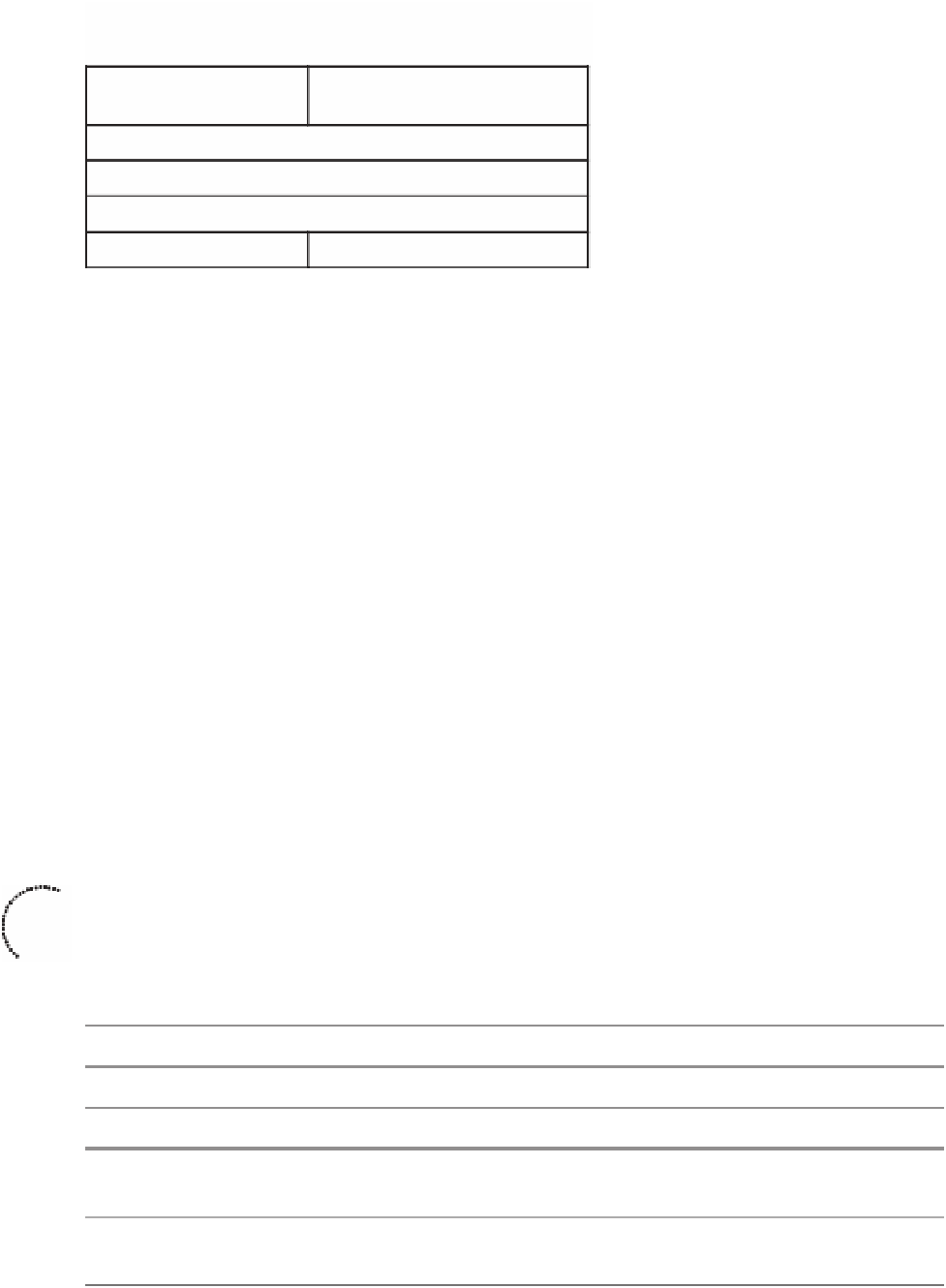Information Technology Reference
In-Depth Information
0 1 2 3
01234567890123456789012345678901
LS Age
LS Type
Link State ID
Advertising Router
LS Sequence Number
LS Checksum
Length
Figure 11-7
LSA Header
Ta b l e 1 1- 5
LSA Header S2 S1 Bits
S2 S1
Flooding Scope
00
Link-local scope
01
Flood to all routers within the area
10
Flood to all routers within the autonomous system
11
Reserved
The Link State ID is used with the LS type and advertising router to identify the link-state
database. The Advertising Router field contains the 32-bit router ID of the router that gen-
erated the LSA. The LS Sequence Number is used to detect old or duplicate LSAs. The LS
Checksum is for error checking. The Length field indicates the length of the LSA, includ-
ing the header.
Ta ble 1 1- 6 summarizes the nine LSAs that can be used in OSPF. Most LSAs retain the
same function used in OSPFv2 for IPv4. Each OSPFv3 LSA is described in more detail fol-
lowing the table.
Ta b l e 1 1- 6
OSPFv3 LSA Types
Key
To p i c
LSA Name
LS
Type
Description
Router LSA
0x2001
State of router interfaces
Network LSA
0x2002
Generated by DR routers in broadcast or NBMA networks
Interarea-prefix LSA
0x2003
Routes to prefixes in other areas
Interarea-router LSA
0x2004
Routes to routers in other areas
Autonomous system
external LSA
0x4005
Routes to networks external to the autonomous system
Group-membership
LSA
0x2006
Networks that contain multicast groups





